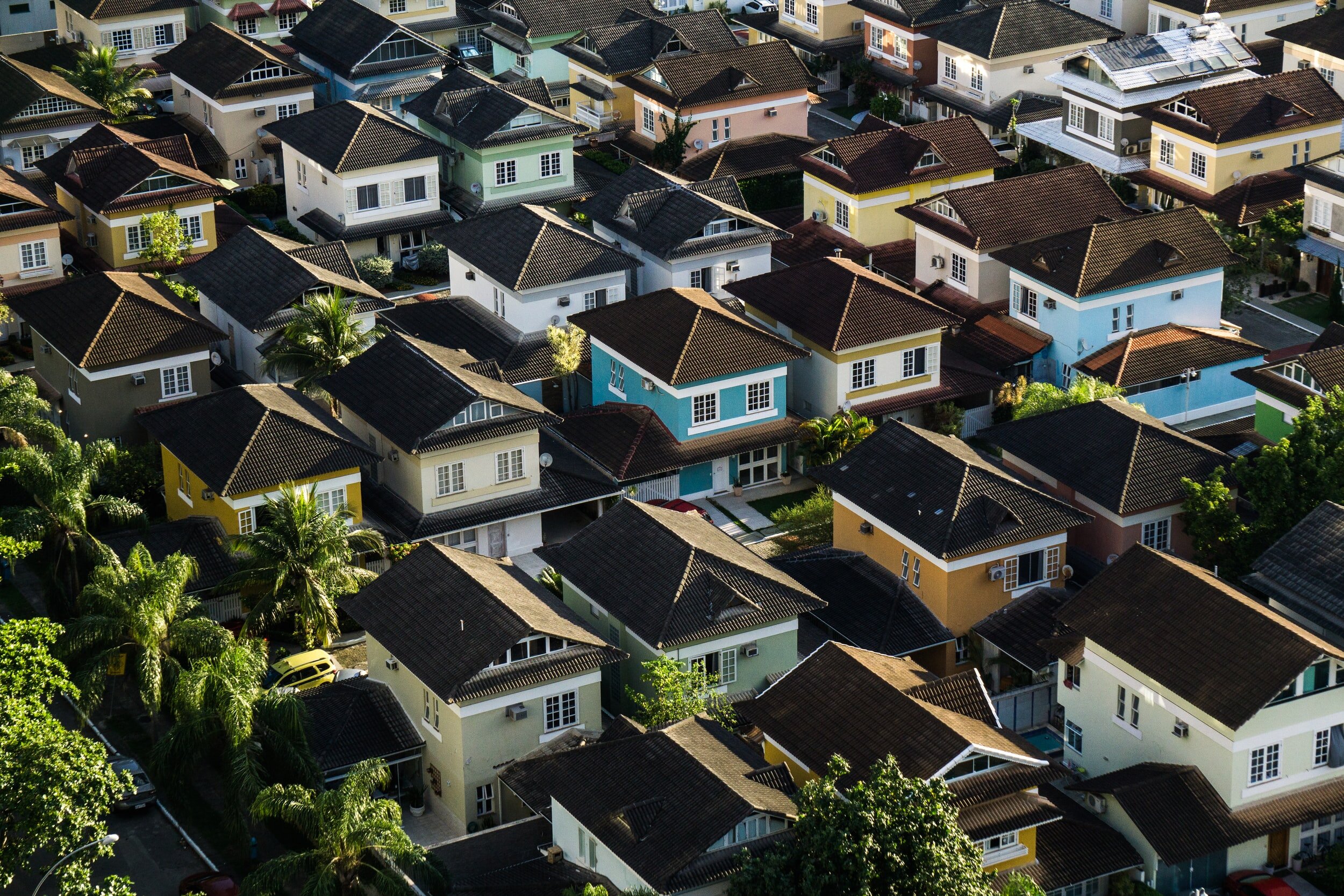The Affordable House
Houses at the low end of the price scale always sell quickly. Even during a recession, if the houses are newly constructed or in a good state of repair, buyers snap them up. Even wrecks and abandoned houses, if they have an acceptable location, sell to fixer-uppers and investors who pay cash, because lenders shy away from them. In a free market, where the demand for affordable houses is inelastic, which is to say always high, why aren’t more of them built and offered for sale?
Residential real estate is a tricky business. The solid fact of lumber and masonry lies under a fog of unexamined assumptions, hidden economic truths, and misinformation. Prices are clear enough, measured in dollars. So is the buyer’s ability to pay, measured in cash on hand and income, which determines how much they can borrow as a mortgage. But what do we mean by affordable? Why is the detached single-family house the norm? And what right does anyone have to buy a house?
These questions bother many people, especially a young couple with children, a recent college graduate, a person who arrives from out of town. Some cities note their housing stock as a reason to move there. On inspection, you find the houses are old and the local economy is weak. Other cities run chronically short of affordable houses. These are places that generate jobs, where people want to live.
Charlottesville, the small city where I live, has an affordable housing crisis, according to the city council. In March this year, it approved a report written by a paid consultant and titled “Affordable Housing Plan.” The report notes racial segregation, past discrimination in renting and lending, a decline in the rate of homeownership by black residents, and displacement of older residents. These are long-stranding grievances, and worth airing. Toward that end, the report proposes boards and advisory committees to advocate for “tenants’ rights.”
The word “gentrification” does not appear in the report. Residential areas near the center of town are being upgraded and they are losing black residents, but the report does not mention specific streets and neighborhoods. It leaves out important facts. Major property owners and landlords other than the University of Virginia are not identified, and they are missing from the “steering committee” and the list of “stakeholders.” The report does not analyze the quality and supply of housing within the city, nor does it identify areas where new housing could be built.
Charlottesville is built to low density throughout its area. One way to provide more housing is to build more units per acre, but the report glides over this idea. It recommends “soft density” in the form of “accessory dwelling units,” which can be added by converting a garage to an apartment or finishing a basement. The report is silent on the inactivity of the Redevelopment and Housing Authority, an agency whose mandate is to build and manage low-cost housing. For thirty years, it has added no new units. By contrast, the neighboring city of Waynesboro has added several hundred, both apartments and houses for sale to first-time buyers. “Housing” as a term can be confusing and misleading, when it includes rentals and owner-occupied units.
The solution to the affordable housing crisis, the report says, is to subsidize rents for low-income residents. Is a subsidy a good idea? Road and bridge construction, highways, cheap gasoline, and tax incentives to developers are all indirect subsidies for new houses in far-flung suburbs. But in a built-up city, a rent subsidy plays into the hands of existing property owners. It enables them to keep rents and prices high. It favors the status quo.
The phrase “affordable housing” says nothing about prices. Rather, it expresses the frustration of a would-be homeowner or renter, someone who is priced out of the market. If the problem is inequity, there are more effective ways to redistribute wealth, which includes real estate. Increase wages, for example, either by enacting a minimum wage law or by pressuring public employers, such as universities. Convert some rental apartments to condominiums and cooperatives. Instead of merely preserving the existing stock, increase the supply of residential units through new construction and renovation. Develop vacant land by building public infrastructure—streets, water lines, sewers, and mass transit. Allow construction of rowhouses, also called townhouses and terraces, which use land more efficiently. Prohibit corporations and real estate investors from buying newly built housing units. And in our case, where the city is surrounded by an urban area larger than itself, correct the legal absurdity through annexation and consolidation.
At certain times and places, a wage earner could expect to buy a place to live, for example in American cities in the industrial Northeast and Midwest in the mid-1900s. But there have been cities and moments in history when a wage earner had to rent, and the rentals available were single rooms, small apartments, and undesirable houses. Landlords historically exercise control over the supply and price. This control derives from laws. Laws in turn reflect public needs and aspirations, or at least they do in a just society.
Is urban housing private property, from which the landlord extracts wealth, or is it a public good that ought to be regulated? Reformers in the late 1800s showed a clear link between tenement housing and public health. Jacob Riis published How the Other Half Lives in 1890. Today, activists argue for a link between housing and the health of a society. A democratic society, in this view, is based on wide distribution of wealth, many small businesses, and many who own the house or apartment where they live.
One reason this issue is important is the financial structure of a small city. Revenue comes mainly through direct taxes on the value of real estate, and one of the main expenses of city government is to provide public schools. This is the seemingly iron link between urban poverty, poor public schools, and the perpetuation of a lower class. Landlords pay real estate taxes, of course. They make financial decisions, including what to spend on repairs and maintenance. But revenue comes from tenants, who might well make different decisions, if they had control, about how their money is spent.
A workers’ cooperative type of ownership is one alternative. Housing owned by the city or a public agency is another. Yet another is strict regulation of privately owned apartment blocks, including rent control, on-site inspections, and financial audits of the holding companies. The problem is not impersonal forces at play in the city, but private owners who exploit their legal advantages.
Architects, who design all types of housing and oversee its construction, are well aware of the social issues involved. Some architects advocate for decent, affordable housing, both in the press and in public forums. Others feel they lack the skills to engage in debate, or they do not want to offend their wealthy clients and put themselves out of business. Architects are also ingenious when it comes to land use, building design, apartment layouts, energy conservation, and fitting into an urban site. What they cannot overcome is a political system that hides the true problem and refuses to solve it.

